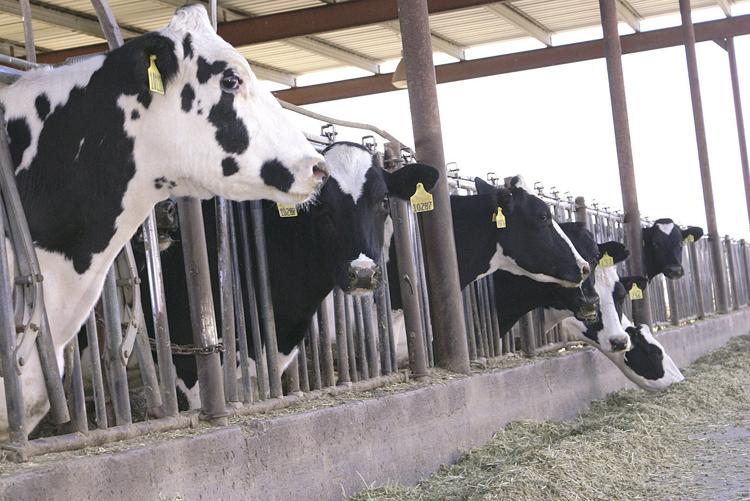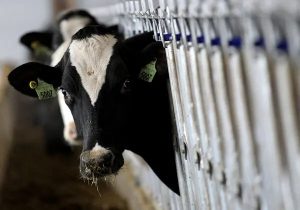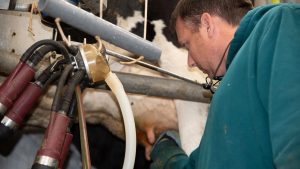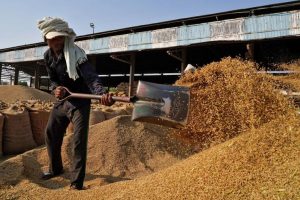
“And we would have broken the record even without COVID federal government payments,” University of Idaho agricultural economist Garth Taylor said.
He presented UI’s annual Financial Condition of Idaho Agriculture report Jan. 7 to a Legislature committee.
Net farm income grew in Idaho by 38% to $3.5 billion, reflecting a roughly 10% revenue gain and a 2% drop in expenses.
The increase was 44% in 2019, to $2.55 billion from $1.77 billion a year earlier.
Government payments were 18% of net farm income in Idaho last year compared to nearly 40% nationwide, Taylor said. Idaho payments rose to $646 million from $165 million a year earlier, when they were about 6% of net income and included trade relief.
Agriculture remains a major force in the Idaho economy, helped by a big dairy herd, a sizable food-processing industry and a large, stable workforce, he said.
Idaho’s farm Gross Domestic Product as a percentage state GDP ranks fifth nationally. Taylor said it benefits from the state’s dairy herd, which adds 10,000 to 20,000 cows per year.
“That would be like adding 10,000 to 20,000 acres of farmland,” he said. “We can grow not by adding acres but by adding cows.”
Idaho’s farm-GDP growth leads the Northwest “because of dairy growth,” Taylor said.
Some commodity prices rebounded after COVID-19 produced extreme volatility from extraordinary demand-side shifts, he said.
The outlook partly depends on the extent to which foodservice rebounds, Taylor said. But higher land prices, and tight supplies of equipment and parts, indicate Idaho farmers are optimistic.
UI reported the state’s inflation-adjusted cash receipts since 1997 have grown 80% — mostly driven by dairy — compared to 10% nationwide.
The milk-cow inventory in Idaho was about 635,000 head Jan. 1 after adding more than 16,000 in the past year. The state ranks third in U.S. milk production.
Cash receipts, reflecting production and price, in 2020 increased by about 29% for sugar beets, 17% for wheat, 13% for potatoes, 10% for barley and 2% for milk.
Receipts fell by 9% for hay and by 6% for cattle and calves.
As for milk “prices fell to $14 per cwt, forcing some dairy producers to dump milk before dramatic price jumps to over $20 quelled the need,” the report said.
Total cash receipts rose 6% to an estimated $8.5 billion, 4% below the record set in 2014 when milk prices were higher.
From 2019 to 2020, crop revenues rose 15% and exceeded the 10-year average by 14%.
Livestock revenue was down 1% for the year and 5% above the average.























